September 30, 2017 Leave a Comment
Share1 Tweet Pin +1Shares 1We often hear about the importance of knowing first aid, but we often brush it off – till an accident happens. But that’s too late to start learning about essential first aid tips that could save someone’s life, which is why it is crucial to be prepared. And when you’re a parent, the stakes are much higher. Kids are still developing their hand eye coordination and gross motor skills, and combined with their natural curiosity, they are vulnerable to all kinds of accidents. That is why it is essential that you stay prepared – with both the right information and the right supplies. Here is a list of 10 first aid tips that every parent should know, which cover the most common accidents in children.
10 First Aid Tips Every Parent Should Know
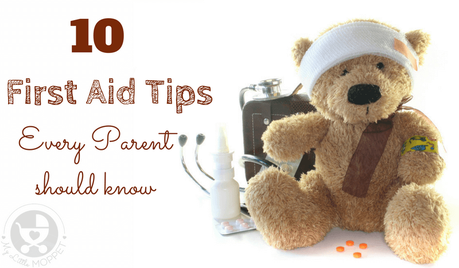
1. Choking in Infants
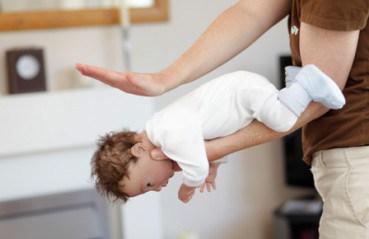
Image from Red Cross
Babies and little children are prone to choking, and this is one of the most important things parents need to learn to tackle at home. The back thrust is an effective way to handle choking in infants under the age of one.
Hold the child face down along your forearm, using your knee for support. Ensure the head has solid support and is lower than the bottom. Give a few sharp strikes to the back, between the shoulder blades – this will release the obstruction and clear out the airway.
2. Choking in Older Kids
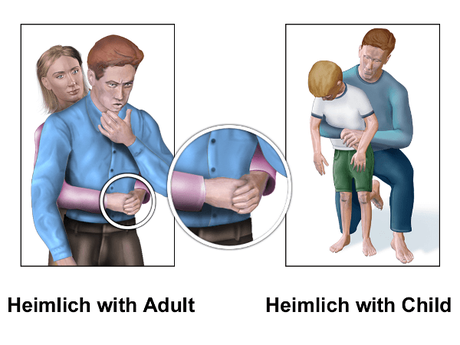
For older children who are choking, an abdominal compression is the way to go, also known as the Heimlich Maneuver.
Grab the child by the waist, and place your fist just above the navel. Place the other hand over the fist and push hard into the abdomen, with an upward motion as if you’re trying to lift the child up. Do this for five times in a row, and repeat till the problem is solved or help arrives.
3. Breathing Trouble
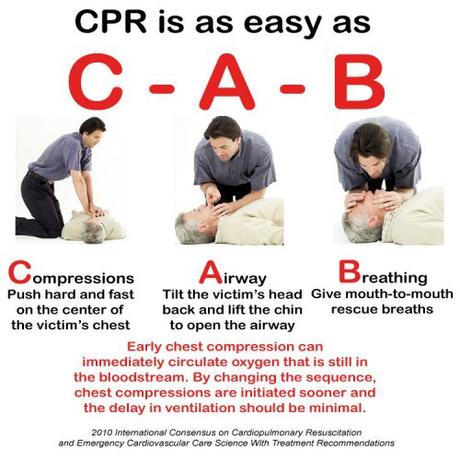
A child who isn’t breathing will need mouth to mouth resuscitation, also known as CPR. CPR is necessary only if the child is not breathing; if she is able to breathe, take her to the doctor without further delay.
Make the child lie on his back and place the heel of your palm on his chest. Keep it in the middle, along the line of the nipples and do a chest compression by pressing down a little. Be careful, as excessive force can break the ribs. Let the chest rise before pushing down again. Do about 30 compressions at a stretch and check for breathing. Else, continue till help arrives.
4. Nose Bleeds

Nose bleeds are extremely common among children under ten, and can be due to a number of reasons. The solution is simple enough – let the child sit upright in a chair with head tilted slightly forward. Use a clean cloth or handkerchief to pinch the top of the nose and hold for 10 minutes. The nosebleed should stop by now, but if it doesn’t, you’d better visit a doctor. If the child feels dizzy, or the bleed is after a fall, take her to the emergency right away.
5. Burns
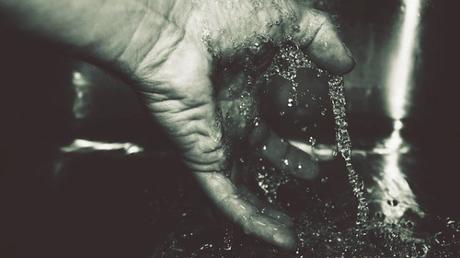
Burns can be of different grades, and while minor household burns may seem trivial, it is always best to give burns medical attention after administering first aid. The main thing to do is to keep the burnt area under cool running water that is not too forceful, for at least 15 minutes. After the burn settles down, gently dry the area and apply a burn ointment like burnol. Leave any clothing that’s stuck to the skin as it is, and if the burn is on a sensitive area like the face, or due to an electric shock, rush the child to the hospital.
6. Sprains

The big challenge in treating a sprain is probably in determining whether it is indeed a sprain or more serious, like a fracture. A fracture will usually have extreme pain in the injured area, and the child will be unable to move the part at all. A sprain will usually result in pain or light swelling, along with some difficulty in movement. In such cases, try resting for a while, and if the pain persists, place a cold compress on the affected area for 15-20 minutes. Keep the area raised for a while and if the pain doesn’t subside, it’s safer to consult the doctor.
7. Deep Cuts
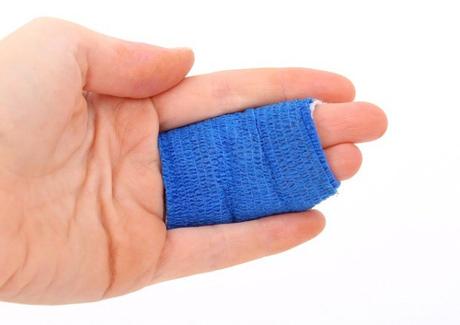
Small cuts keep happening all the time, and don’t need much treatment other than washing with clean water and soap. However, deeper cuts that bleed need more care. Wash the wound carefully with water, dry it and cover it with sterile gauze. Raise the injured part above the heart and apply consistent pressure for at least 5 minutes. If the bleeding stops, wrap around with a sterile bandage and stick with sterile tape. If the blood soaks through, apply another layer of gauze and apply pressure again. If the bleeding is continuous, then it requires professional medical treatment. Continue to apply pressure till the doctor gets a chance to see the injury.
8. Seizures
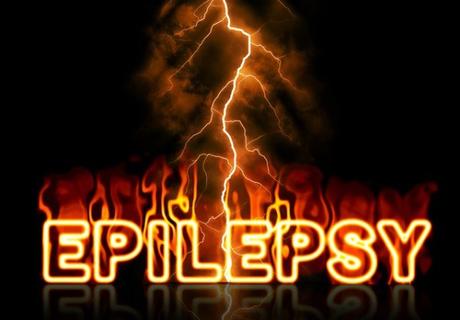
In order to identify if a child is having a seizure, it is important to know what a seizure looks like. While there are many symptoms, it usually involves the following – twitching or involuntary movements of the hands and legs, spasms, temporary loss of consciousness, involuntary passing of urine or stools. An episode may last for a few minutes and can be scary to watch.
If you notice any of these, first place the child on a flat floor, turning her to her side. Loosen all clothing and take off any jewelry like necklaces or tight rings. If the child vomits, make sure she is on her side and use a clean cloth or your finger to keep her mouth clear. Once the seizure is over and the child is stable, take her to the doctor and describe the symptoms in detail. However, if the episode lasts over 5 minutes, results in the child not being able to breathe or is unconscious for too long, don’t wait for the episode to end to see the doctor.
9. Foreign Objects in Nose or Ear
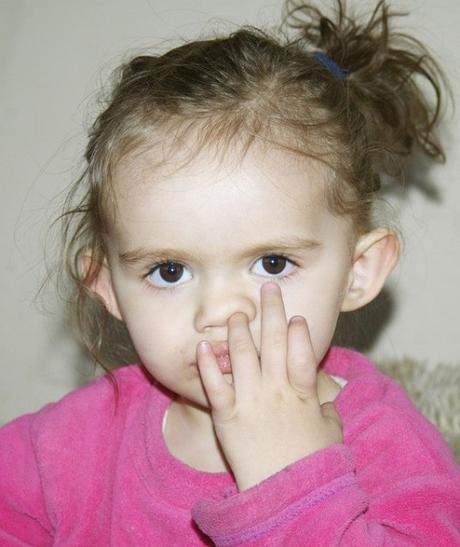
For young children or babies, do not try to put your finger in to take the object out – you’ll only end up pushing it in further. For teenagers or older kids, you can use a pair of tweezers. Or you can try closing the unblocked nostril and ask the child to blow through the other nose – this should often dislodge objects that are not too tightly wedged. If none of these seem possible or if the child is to young to follow instructions, don’t try anything – take her to the emergency right away.
If the object is lodged in the ear and if you can see it clearly from the outside, use a pair of tweezers to just pick it out. If an insect has flown into the ear, add a little baby oil to float the insect out. In any other case, it’s safer to go to the doctor.
10. Sun Stroke

Children are much more susceptible to sun stroke than adults. Mild cases of sun stroke have symptoms like reddish skin, appearing tired, excessive thirst and quickened breathing. These don’t require too much treatment – just fluids and a cool room. However, more severe sun stroke is indicated by dizziness, extreme fatigue, nausea, headache or a weak look. In such cases, remove the child to a cool place, loosen her clothing and get her a drink – preferably one with electrolytes, like ORS or coconut water. If your child is very young or if she has very rapid breathing or falls unconscious, rush to the emergency without delay.
Basic First Aid Kit Checklist
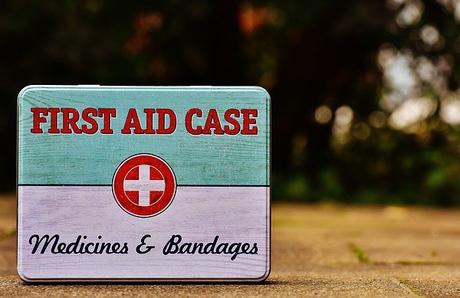
- Band Aid
- Sterile Gauze
- Bandage
- Antiseptic
- Burn Ointment
- Antibiotic Ointment
- Fever Medication
- Pain Medication
- Medications for indigestion
- Calamine lotion
- Thermometer
- Tweezers
- Hot/Cold Compress
- Scissors
- Sterile Tape
These are the very basic items to have in your first aid kit, but include any other medications that your family might need. If you have an infant, stock up accordingly, with a nasal aspirator and infant thermometer. Keep checking the kit frequently to ensure you’re not running out of anything and that none of the medicines have expired.
With a good presence of mind, a well stocked first aid kit and the right first aid tips, you can handle any situation with ease. So spread the word and share what you’ve learnt – let’s educate each other!
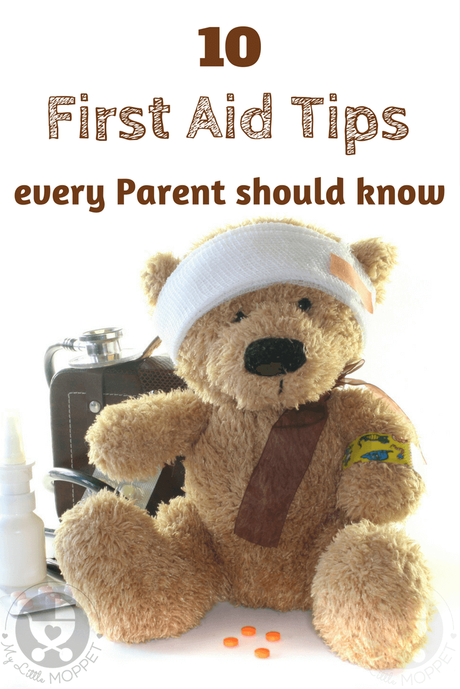
Want to see videos of our recipes ?
VISIT OUR YOUTUBE CHANNEL Share1 Tweet Pin +1Shares 1
Filed Under: Health, Moms, Parenting Tagged With: first aid, first aid box, first aid tips, parenting, parenting tips
